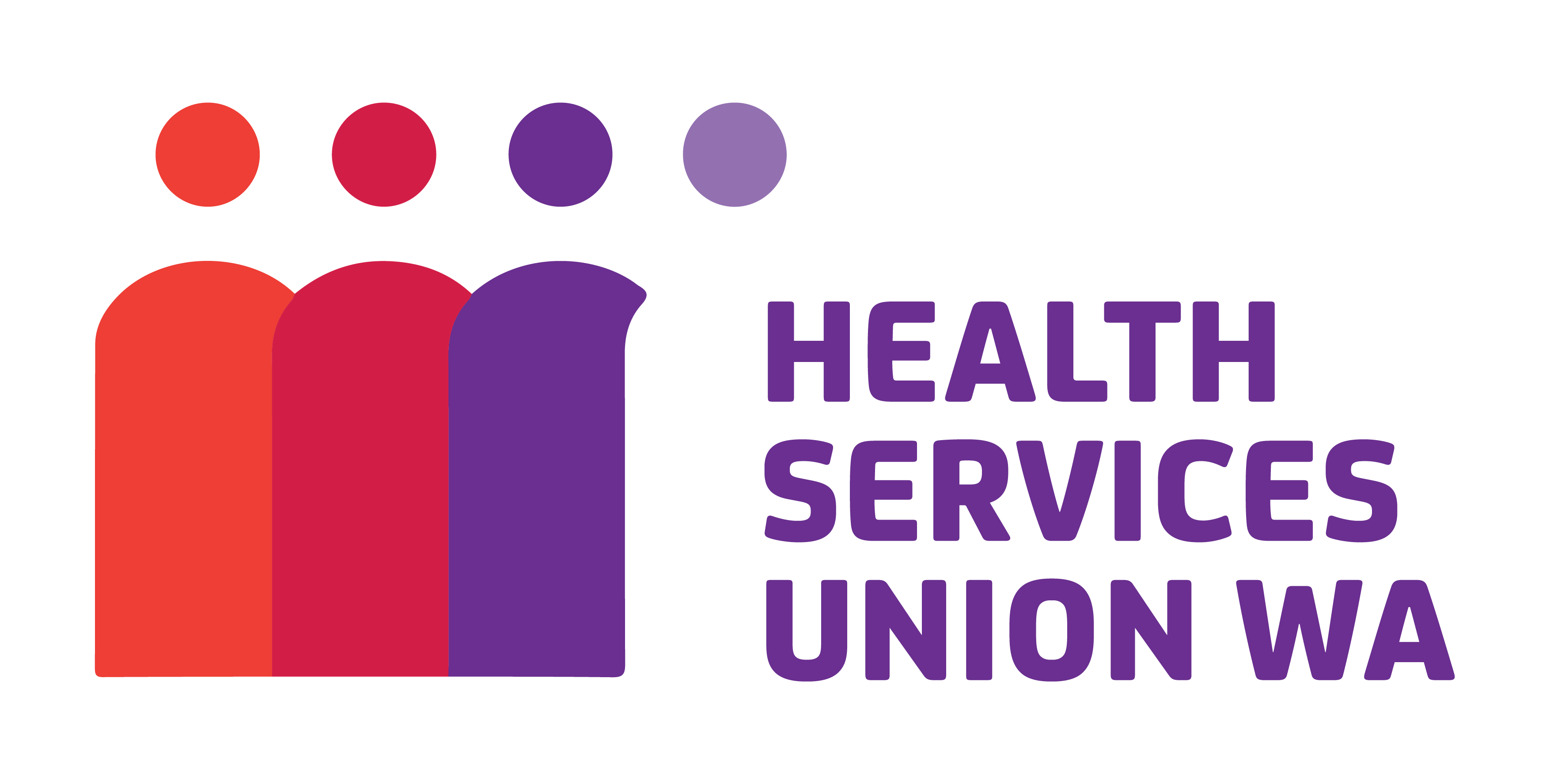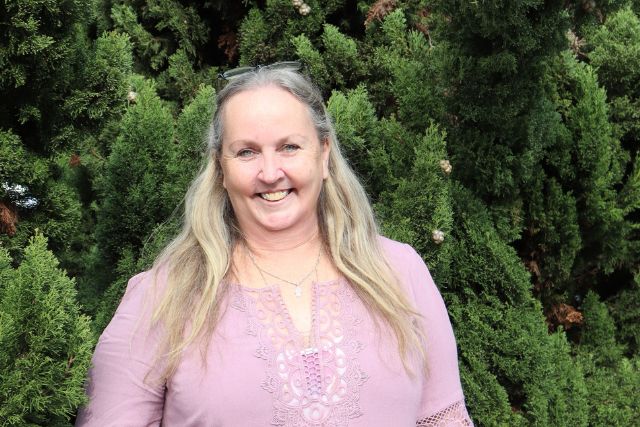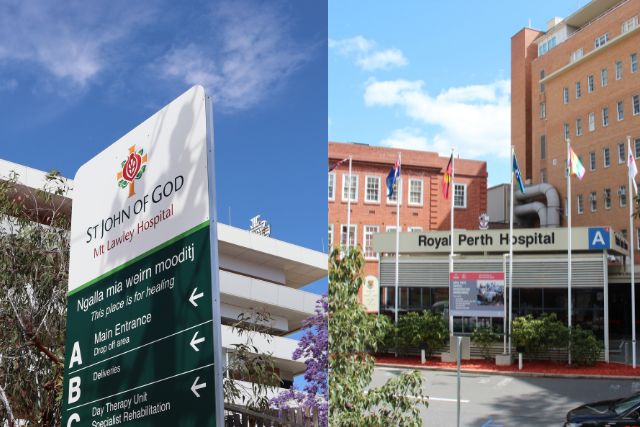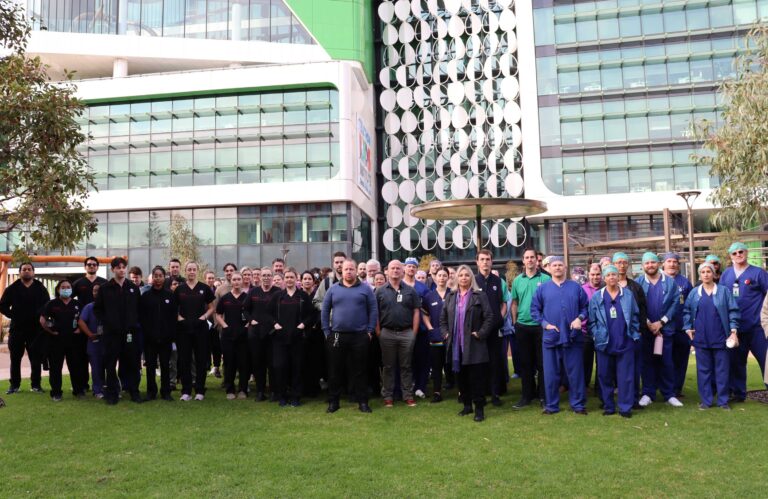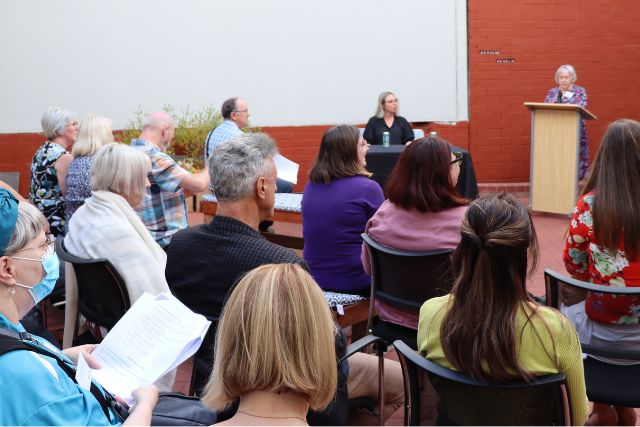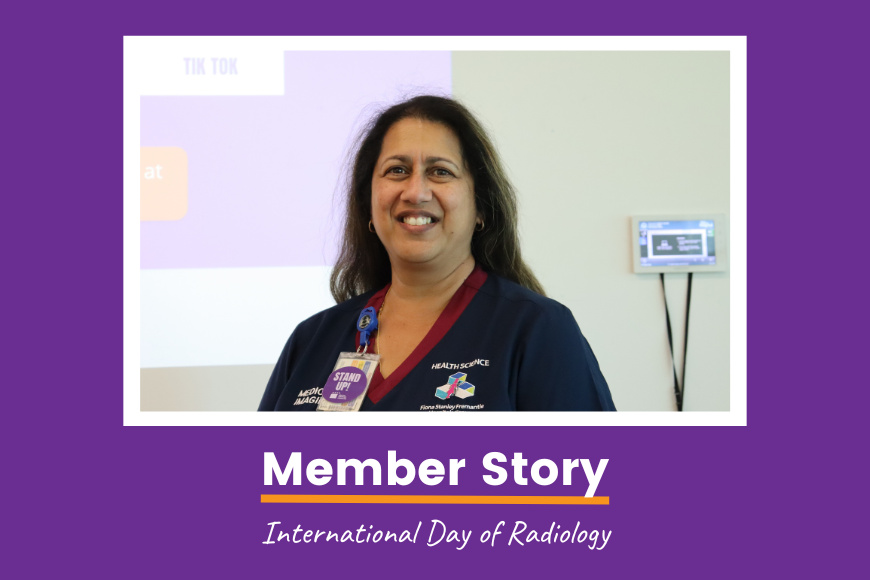
HSUWA member Sharon, a Deputy Chief Medical Imaging Technologist at Fiona Stanley Hospital shares her experience working in the Medical Imaging Department. With over 30 years of experience as a committed health professional and union member, she is excited about the ongoing advancements in healthcare technology.
Where did you study and why did you choose this career?
I chose Radiography as I really enjoyed Human Biology in high school. I completed my Diploma at WA Institute of Technology (later Curtin University). My first job was at St John of God Hospital in Subiaco, where I gained further General X-Ray Imaging experience. The profession also allowed me to work abroad, including in England and India.
How long have you worked at Fiona Stanley Hospital?
I’ve worked at FSH since May 2014, before the hospital opened. Prior to this, I spent 24 years at Fremantle Hospital in various roles, including Deputy Chief MIT. Being involved in FSH’s opening was both daunting and rewarding. We’ve grown from 50 staff to over 300, providing a range of imaging services and performing 200,000 exams annually.
The department consists of a team of professionals including:
- Radiologists
- Clerical and Admin staff
- Medical Imaging Assistants
- Nursing
- Medical Imaging Technologists
They provide a comprehensive imaging service that includes X-Ray, CT, MRI, Ultrasound, Fluoroscopy, Breast Imaging, and Interventional Imaging.
What does a typical working day look like?
As Deputy Chief MIT, my day involves administrative tasks like recruitment, rostering, and ensuring adequate staffing. My door is always open to staff for any issues. I’m also on various committees such as Work Health and Safety (WHS) and Quality Management.
What are the key skills workers in this profession need?
MITs need adaptability as each day is different, from imaging during complex surgeries to outpatient exams. Teamwork is essential, as we support each other in challenging situations. Flexibility is also important due to shift work and changing sleep patterns.
How vital is communication in regional areas or patients relying on doctor referrals?
Communication is crucial to reduce stress for regional patients. We try to coordinate imaging with other appointments to minimize travel. Good communication is important across all Medical Imaging staff, as we provide 24-hour service to the community.
What do you like best of your profession?
The best part of my job is working with my team, I’m proud of how they care for all patients. I enjoy offering opportunities for MITs to expand their knowledge and grow into capable professionals.
What is the hardest thing about your profession?
Sometimes we can’t meet expected care timelines due to resource limitations, such as staffing shortages or equipment availability.
Why is it important to be a union Member?
I’ve been a union member for over 30 years. I believe every profession needs a collective voice to ensure fair pay and good working conditions, which ultimately leads to better patient care.
We asked Sharon for her thoughts on the significance of International Day of Radiology:
“In over 30 years working in Medical Imaging, I have seen vast changes in our profession from developing X-Rays using film in darkrooms, through to the digital age of images instantly available on computers.
We celebrate World Radiographer’s Day on the 8 November, as it marks the anniversary of the discovery of X-Radiation by Wilhelm Roentgen in 1895.
In conjunction with acknowledging the amazing work of the pioneers in Medical Imaging, I look forward to even more changes and challenges as technology continues to evolve and improve healthcare for all in the future.”
